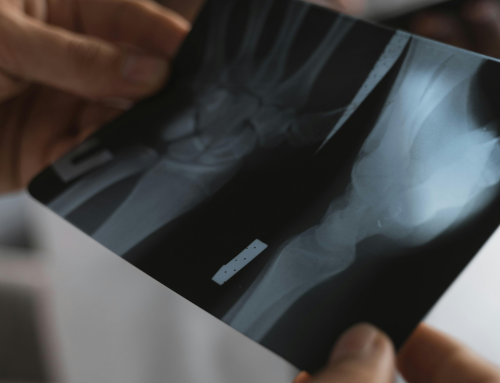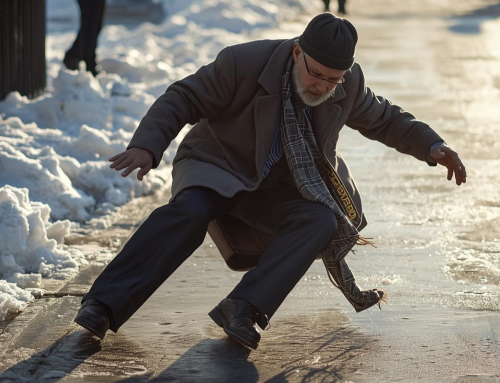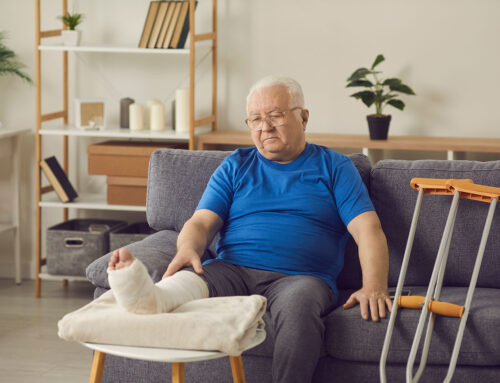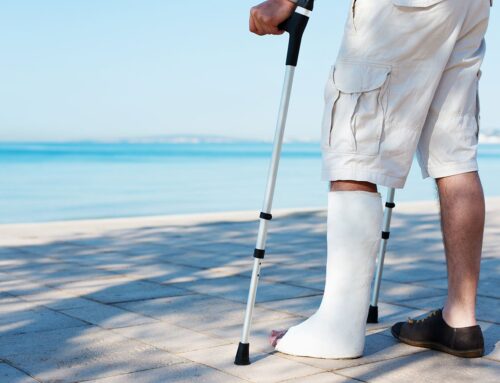Your bone density plays an integral role in your overall health. This is what allows you to move with flexibility and strength without experiencing a fracture over a minor injury. With weak bones, you could break your hip by gently bumping a coffee table.

Many Canadians suffer from osteoporosis, which is what can happen when your bone mass starts to deteriorate faster than your body can make new bone. While this natural decline begins around age 30, 1 in 3 women and 1 in 5 men will suffer from an osteoporotic fracture during their lifetime.
To give your bones their best defence and support your body for many years to come, it’s crucial that you begin to optimise your exercises for both strength, wellbeing, and most of all – bone health. Don’t wait for your bone density test to start making positive changes today.
Read on to learn about the best exercise for your bone density health.
What Makes Exercise Bone Density Approved?
It’s no secret that regular exercise is good for you. Whether it’s about staying in shape, a longer lifespan, mental health, or overall well-being, there are often benefits associated with it. But some exercises are more beneficial than others if you’re focusing on improving your bone density test. Even if you’re an elite athlete, it doesn’t guarantee that you’ve been doing the right exercises that support your bones and give you a good fight against osteoporosis.
The major factors that indicate whether an exercise has bone-building benefits are:
Impact: Your bones increase in density when force is applied. This means that any weight-bearing exercise with impact is considered a good exercise for your bone health. If there’s running, jumping, or excessive force placed on the muscles, this is what will give your body the boost it needs to prevent bone density loss.
Speed: When you exercise, the impact will increase as your speed increases. This means that runners often experience more impact on their muscles, tendons, and bones when they run faster vs. a leisurely-paced stroll. High-impact exercises, like tennis, are great examples of bone density building activities you can incorporate into your weekly routine.
Flexibility: Your bones need to be both strong AND flexible. When you incorporate changes in direction or frequent pivoting (also start-and-stop movements), your bone density builds faster, similar to those who regularly do high-impact sports.
Best Exercises to Support Bone Density
Walking
Take a brisk walk outside to support your bones, heart, lungs, and well-being. If you have access to a gym, you can use the treadmill or elliptical machine to get similar benefits. However, fresh air is best (unless, of course, it’s allergy season and you’re battling sneezes).
If you’re stuck at home with no access to an aerobics machine, try lightly marching in place. A timer with 30-second or 1-minute intervals may be set up to help you break up the movement. To give your bones the best possible exercise and increase bone density, try incorporating 20 jumps daily, with a 30-second pause between each jump. According to research from Brigham Young University, jumping 20 times a day showcased 75% greater bone mineral density than those who did ten jumps every day. That’s worth the extra jumps!
Strength training and resistance exercises
Lifting weights and engaging in strength training exercises can boost your bone density. Anything that allows you to contract and tense the muscles will also pull on the bones. This tension works to strengthen them. You don’t need to invest in fancy dumbbells and can even use some water bottles or cans of chickpeas. Just be sure to move slowly, intentionally, and squeeze your muscles to get the most out of any strength training exercises. Some examples of strength training include:
- The obvious – lifting weights
- Climbing stairs
- Push-ups, sit-ups, and squats
- Resistance band exercises
Maintaining your bone strength will keep you active and healthy and allow you to keep up with your desired lifestyle. The best part is that the exercise that will benefit you the most can be enjoyed in a variety of ways! Walking is easy to do on a treadmill, around the block, or on your favourite nature trail. You can enjoy it with a friend, listening to a podcast, tuning into your favourite radio station, or use the time to simply be present and practice mindfulness.
Your bone health won’t thrive on exercise alone. You need to support your body with the proper fuel by observing your nutrition habits. Are you actively incorporating calcium and vitamin D into your diet? A balanced meal with lots of leafy greens and calcium-packed foods will give your bone density its best chance at keeping up with your lifestyle.
If your bone density test came out less than ideal, you might become prone to fractures. Whether you’re more likely to get them or find yourself in an accident that causes one, a fracture can be frustrating when it disrupts your daily living. With advances in the medical field, Canadians can now benefit from the proven ultra-sound device that heals fractures 38% faster. You can use this device at home for 20 minutes a day and be on your way back to pre-injury living in no time. Contact us to find out if LIPUS is right for you.
Have you ever suffered from a fracture? How long did it take to heal? Do you do bone strengthening exercises now to prevent a fracture? Share your story with our readers who want to build better bone health.





